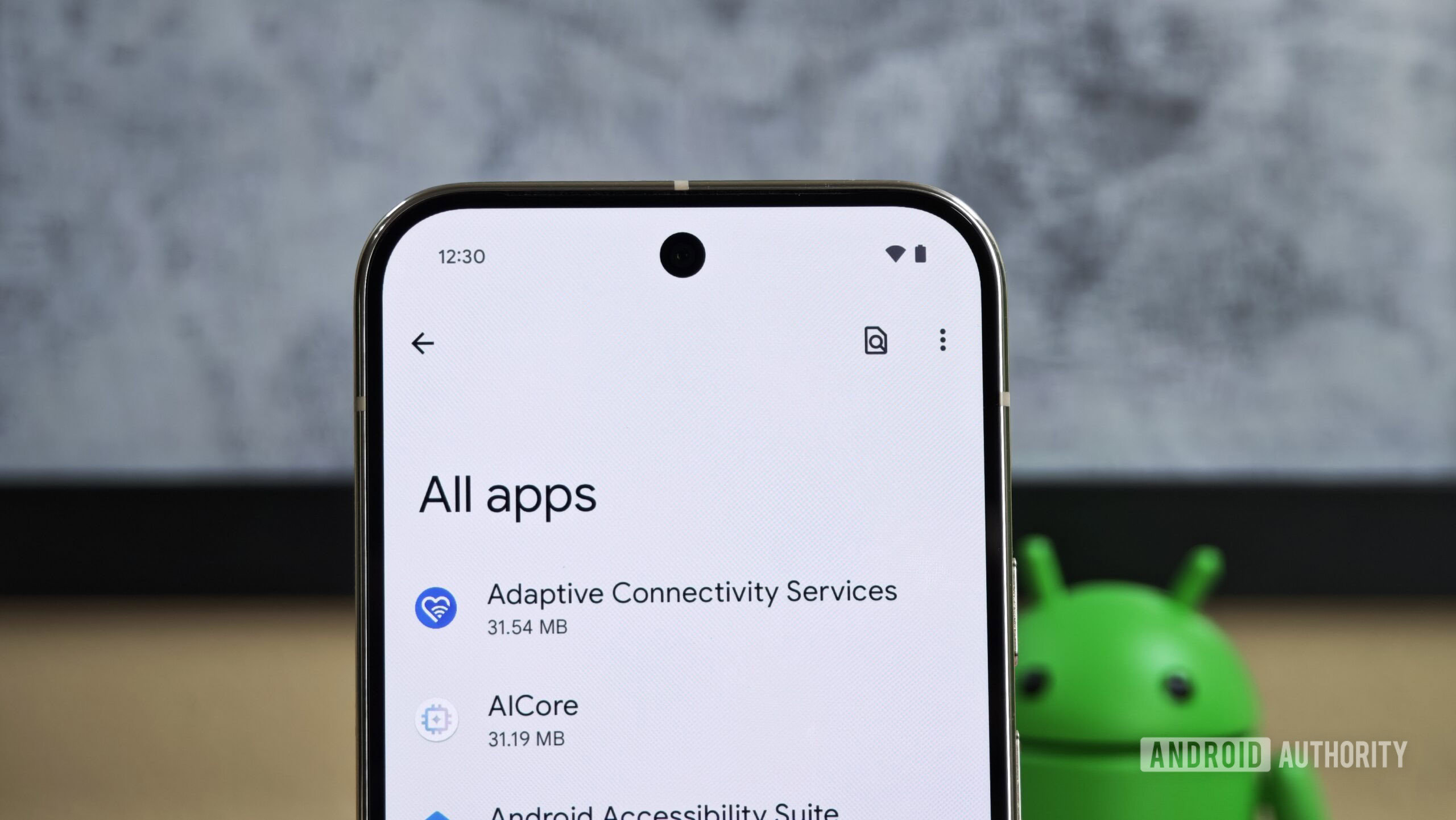Android 16 could mimic how iOS handles app settings, but it’s not as bad as you think
Apps can contribute their own preferences to Android Settings in Android 16, similar to iOS

- Android 16 introduces a new API called SettingsPreferenceService that lets apps contribute their preferences to the Android Settings app.
- This API lets apps declare which of their own preferences can be read or written by Android Settings, which currently has no ability to control app settings.
- It’s debatable whether Android developers will actually take advantage of this API, though, as iOS offers a similar API that few iOS developers take advantage of.
The Android Settings app is the go-to place for changing device settings, but it’s not typically where users go to change individual app settings. This is because apps generally have their own interfaces for changing settings that are independent of the Android Settings app. Android 16 adds a new API that lets apps integrate their own settings with the Android Settings app, and if this API becomes broadly adopted, it could transform Android Settings into a one-stop shop for both device and app settings.
Android 16 introduces SettingsPreferenceService, an API that “is to be implemented by apps that contribute to the Android Settings surface.” Apps can choose which preferences to expose to Android Settings, and they can choose to make those preferences read-only or writable. More specifically, developers can mark certain preferences as DEEPLINK_ONLY, indicating that they cannot be changed directly, but a direct link to the preference’s settings will be provided. They can also mark preferences as EXPECT_POST_CONFIRMATION, meaning the user will have the option to revert the changes. Further, they can mark preferences as NO_DIRECT_ACCESS, indicating the preference is too sensitive to be changed directly, or NO_SENSITIVITY, meaning the preference can be changed without explicit consent. To aid users in understanding each preference, developers can provide a title and summary for the Android Settings app to display.




















































%20Abstract%20Background%20112024%20SOURCE%20Amazon.jpg)






















































































































![[The AI Show Episode 142]: ChatGPT’s New Image Generator, Studio Ghibli Craze and Backlash, Gemini 2.5, OpenAI Academy, 4o Updates, Vibe Marketing & xAI Acquires X](https://www.marketingaiinstitute.com/hubfs/ep%20142%20cover.png)
























































































































































































































































-Nintendo-Switch-2-–-Overview-trailer-00-00-10.png?width=1920&height=1920&fit=bounds&quality=80&format=jpg&auto=webp#)





















_Anna_Berkut_Alamy.jpg?#)













































































































![YouTube Announces New Creation Tools for Shorts [Video]](https://www.iclarified.com/images/news/96923/96923/96923-640.jpg)





































































![[Weekly funding roundup March 29-April 4] Steady-state VC inflow pre-empts Trump tariff impact](https://images.yourstory.com/cs/2/220356402d6d11e9aa979329348d4c3e/WeeklyFundingRoundupNewLogo1-1739546168054.jpg)



























































